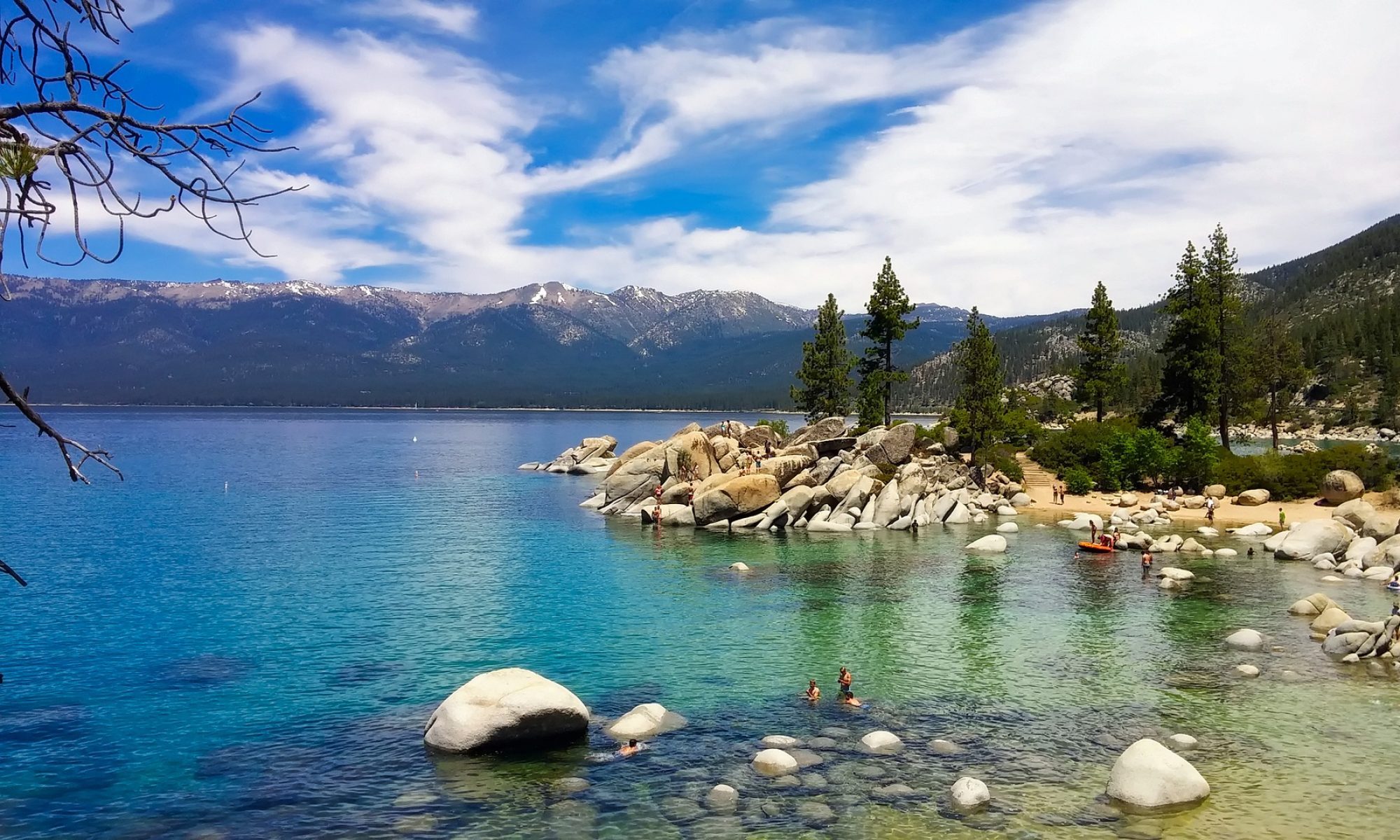Summer is here and with the waning of the pandemic many Nevadans will hit the roads to explore the great outdoors. Preparing to travel can be overwhelming and exciting and traveling in an outdoor setting can bring a unique set of challenges. When putting together items to pack, make sure to consider safety as well as functionality.
Transportation Options when Travelling
You may choose to take your everyday car, rent an SUV, or use an RV, but regardless of the vehicle, it is important to perform safety checks. If you decided to take your own car, it is a good idea to take it to a mechanic and get a basic service that checks tires, the engine, and other safety issues. When choosing a mechanic, ensure they have a good reputation and are licensed. Going to an inexperienced person might leave your car with more problems than you started with. If you choose a rental vehicle, ensure you check the vehicle before driving it. Take images of the inside and outside of the vehicle and see if the features like the window, heat, light, and tires work. Also rent from reputable agencies since they cover certain damages and will also provide roadside assistance in the event of a breakdown or accident.
RV rentals are also a possibility, and like a car rental, they will provide you with roadside assistance as well as an alternate vehicle if something occurs. Most people are unfamiliar with driving large vehicles like an RV, and it can be more difficult to maneuver than an everyday sedan or van. In addition to ensuring safety measures prior to driving, it is also important to pay attention to additional equipment in your RV, such as hitch connections, awnings and propane hookups for kitchens. Knowing how to operate these amenities correctly can prevent injuries that could potentially be fatal.
What to Bring and Safety Procedures
Once your vehicle of choice has been evaluated and you’ve chosen your destination, such as a camping trip to Lake Tahoe, Lake Mead or some other campsite in Nevada – what should you bring with you? Your first thoughts may go to outfits or shoes, however one of the most essential items to bring on an outdoor trip is a first aid kit. A First-aid kit should include the following:
- Ointments to relieve itches as well as antibiotic creams for cuts or burn injuries.
- Band-Aids, Gauze, and surgical tape for wounds.
- Some Medications— It is best to bring Pain relievers such as Advil or Tylenol as well as antacids and an auto-injector of epinephrine if your doctor has prescribed you with one.
- Small scissors to help apply the tape and Band-Aids, as well as tweezers to help extract any small sharp objects or shards from a wound.
- Antiseptic and Antibacterial wipes (Rubbing alcohol also works)
Optional Items:
- Moleskin—these are helpful when hiking and can help reduce pain and heal blisters.
- Liquid Band Aides—These can be helpful to heal smaller cuts on the hands and feet while also helping keep out dirt and bacteria that can further agitate or infect the wound.
- Sunscreen—While it may not seem necessary, sunscreen can help prevent severe burns and irritation from prolonged sun exposure.
When beginning an activity outdoors, it is also a good idea to let someone know your whereabouts. If you know you are going somewhere with spotty reception, notify someone beforehand, as it can be difficult to call for help when your phone is not working. The notified person will be aware of your plans and can contact authorities if they do not hear from you.
Outdoor activities often involve swimming or activities around larger bodies of water, such as Lake Tahoe, Donner Lake or Pyramid Lake in Northern Nevada or Lake Mead in Southern Nevada. Water safety is an important discussion that must be had, especially with children, prior to taking the plunge. If a child cannot swim, it is best to always keep them away from the water with eyes on them at all times to ensure they do not fall or find themselves in the unfamiliar situation that requires swimming. If you are not sure of your child’s skills, or if your child is not too confident, consider teaching them at a local pool or with certified swim instructors before your trip. Also pack life jackets and flotation devices that may aid them while in the water. An additional step that you may find beneficial is to take a CPR course. Often outdoor activities occur in remote areas and emergency help can be miles away. CPR can be lifesaving and grant someone some relief/aide before paramedics arrive. You can take these classes locally at hospitals, public pools, or event centers. A credible certification can be received from the American Red Cross or American Heart Association.
Summer road trips are a great way to relax and stay safe as we adjust to the new normal of travel. Being cautious and taking safety into consideration while planning a road trip is a great way to reduce risks of injury while also preparing you for anything that may not go as planned. Taking these steps will protect you and your loved ones and ensure that you can make the most of your outdoor experiences.


